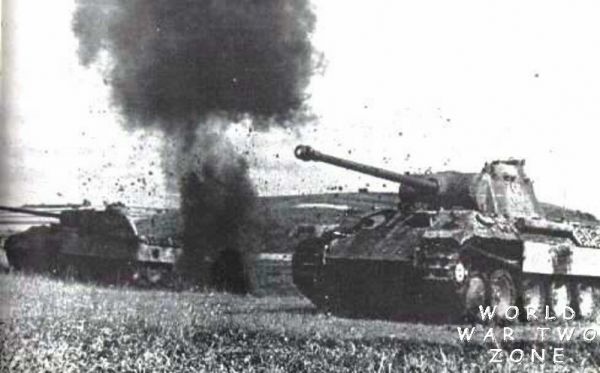The Swastika, 卐, is a symbol that originated in Eurasia, that was meant to serve as a universal image for spirituality. It was also commonly used in the West as a design that brought good luck. However, upon the Nazi adoption of the symbol in the 1930s, it has since been a reminder of racism and antisemitism.
Individually, many region and religions had unique definitions and connotations for the symbol:
Europe
In ancient Europe, it is found in a notably large and diverse amount of places such as an Etruscan pendant with swastika symbols, Bolsena, Italy, 700–650 BCE, the Ancient Roman mosaics of La Olmeda, Spain, a Roman mosaic in Veli Brijun, Croatia, the Snoldelev Rune Stone, Denmark, the Lielvārde ethnographic belt, Latvia, stonework at Valle Crucis Abbey, near Llangollen, the Armenian Alphabet, a Venetian palace, at Palazzo Roncale, Rovigo, the vestments of the effigy of Bishop William Edington in Winchester Cathedral, and a Greek helmet with swastika marks on the top, 350–325 BCE from Taranto, found at Herculaneum. Generally, the symbol was used positively, however, the specific definitions ranged from God to electricity.
Meanwhile, in a more modern Europe, this symbol can be seen on the British Theosophical Seal, the 1880s, The Danish brewery company Carlsberg Group logo, 19th Century until mid 1930s, The Swastika Laundry was a laundry founded in 1912, located in Dublin, Ireland, Finnish Air Force until 1945, and air force flags today, Latvian Air Force until 1940, Swedish ASEA logo prior to 1933, and the Norwegian iron gate of the Oslo Municipal Power Station, 1932. It is evident that many of the logos that featured the symbol were discontinued at a similar time, mirroring the start of WWII.
East Asia
In Chinese, Japanese, and Korean the swastika represents the number 10,000. In China, during the Tang dynasty's rule from 684–704AD, the swastika served as the national symbol of the Sun. Also in China, the swastika can be found in the Forbidden City and the Imperial City. In both Chinese and Japanese art, the swastika is often found as part of a repeating pattern called sayagata, or the key fret motif in English.
(Can be seen in the lighter shade)
Africa
The swastika is the least popular in this continent as it can mainly be seen on Ashanti gold weights and among adinkra symbols in West Africa. It can also be found carved in the window of a Lalibela rock-hewn church in Ethiopia and rarely in clothing in British colonies to represent luck.
North America
Most significantly, the swastika can be found in Native American art and clothing. The symbol is seen throughout various tribes in both the United States and in Canada.
Additionally, it was the symbol for the 45th Infantry Division of the United States Army. Even this logo served as a tribute to the Native American population in the southwest.
In Central America, it plays a large part in the culture of the Kuna people of Kuna Yala, Panama.
Finally, the town of Swastika, Ontario, Canada is named after the symbol.
Religion:
In Hinduism, it is a positive symbol, that was meant to represent the sun and prosperity. The Swastika is used in Diwali, decorations, and in modern Hindu temples.
However, in Buddhism, it symbolizes the footprints of the Buddha. The shape exemplifies the idea of eternal cycling, a central theme of Buddhism.
In one of its earliest forms, it is seen in some remains of Christian artwork.
Despite its widespread use before WWII, and even today, it is best known as a design of hatred due to its modern association with the Nazi Party. Unfortunately, this use has both ruined parts of various cultures and removed its previous notion of positivity.


































